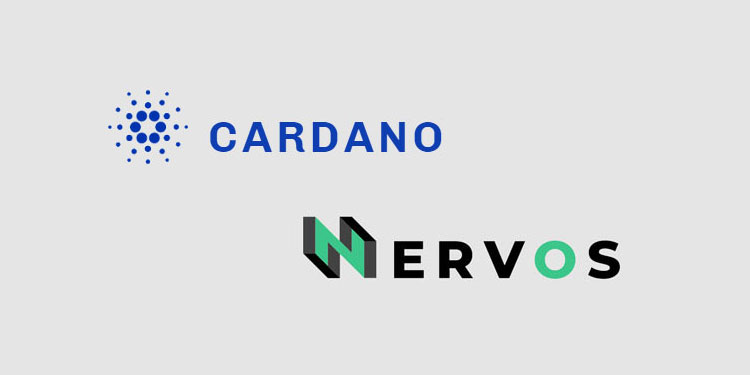Nervos, a China originated public blockchain, and blockchain engineering company IOHK, developers of the Cardano blockchain, today announced a new initiative aimed at reducing the risk of hacks in decentralized finance (DeFi). The two blockchains will work together to improve the security of smart contracts by enhancing Bitcoin’s ‘UTXO’ accounting method for keeping track of a user’s assets and transactions on a blockchain. The research is focused on developing that accounting method to ensure it is more secure against hacking attempts, more fully-featured for users, and is able to support smart contracts on other blockchains.
The way in which a blockchain maintains its ledger has a significant impact on smart contract security, particularly for DeFi protocols, many of which have been found to be vulnerable to hacks and double-spend attacks. Just this year alone, DeFi projects have lost $100 million to hackers. The partnership between Nervos and IOHK marks the first collaborative effort to expand on the UTXO model as a pathway to a more secure and sustainable blockchain infrastructure for cryptocurrencies and other digital assets.
Romain Pellerin, Chief Technical Officer at IOHK, said: “The Cardano and Nervos communities are working on similar research streams to offer robust smart contract technology and improve inter-chain connectivity for the betterment of DeFi. It may be surprising to see PoW and PoS initiatives join forces, but we believe that our industry must collaborate more if we want blockchain technologies to be adopted widely.”
Two Methods of Crypto Accounting
The two most common accounting methods in blockchain today are UTXO, a model first adopted by Bitcoin, and the account-based model, which was later popularized by smart contract-based blockchains like Ethereum. Like the differing Proof of Work and Proof of Stake consensus algorithms, the two models serve a similar purpose but have stark differences that influence smart contract security.
UTXO, or Unspent Transaction Output, refers to the amount of digital assets a user has left from making a transaction which can then be used in a new transaction. UTXO is a verification model that keeps a receipt-like track of a user’s unspent transactions across all their accounts, making it easier to authenticate transaction sequences, prevent double spending, and maintain overall security. In contrast, the account model is more vulnerable to hacks, as it simply keeps track of the overall balance of a user’s account but doesn’t monitor the individual transactions within it.
Innovating on Bitcoin’s UTXO Model
While Bitcoin was the first blockchain to implement the UTXO model, Nervos and IOHK have adopted modified versions for their respective blockchains. Under the new partnership, Nervos and IOHK will combine resources and share proprietary information to further improve and promote the UTXO model as a more secure and scalable alternative to Ethereum’s account model.
In the first phase of the partnership, the two blockchains will conduct joint research around UTXO ledgers and smart contracts to develop an improved framework for other UTXO-based blockchains. Nervos and IOHK will co-author research papers on the topic, open source future UTXO developments, and explore the creation of a universal standard for UTXO models. The two projects will also form a global UTXO alliance with other leading UTXO-based blockchains to facilitate industry-wide collaboration across research, development, education, and more.
“UTXOs are superior to account models in many ways and provide improved security, privacy, and scalability, all of which are critical for DeFi,” said Kevin Wang, co-founder at Nervos. “By working with IOHK to further develop and define UTXO standards, we’ll continue to provide a secure alternative for the broader blockchain industry.”






















